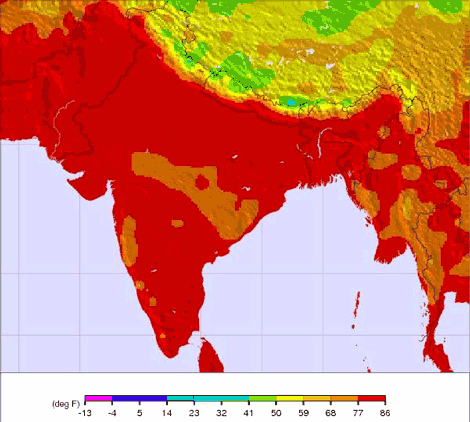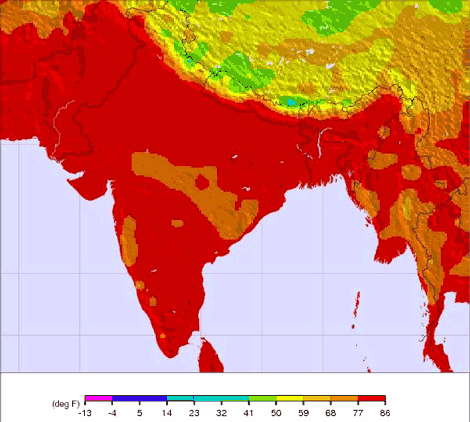We’ve previously mentioned the link between hot days and increased power demand. Not like we’re genius scientists for doing so; it’s a pretty obvious connection. The hotter the day, the greater the demand for air conditioning and fans, the more strain on the electrical grid. Today, India faced the worst-case scenario.
The power grid across northern India failed Monday, halting hundreds of trains and leaving millions of people sweating in the heat in one of the worst blackouts in a decade, highlighting the country’s inability to feed a growing hunger for energy. …
Secure · Tax deductible · Takes 45 SecondsSecure · Tax deductible · Takes 45 SecondsIt was the first time since 2001 that the northern grid had collapsed. But India’s demand for electricity has soared since then as its economy has grown sharply, and the outage was a reminder of the country’s long road ahead in upgrading its infrastructure to meet its aspirations of being an economic superpower.
In addition, a weak monsoon has kept temperatures higher this year, further increasing electricity usage as people seek to cool off. Shivpal Singh Yadav, the power minister in the state of Uttar Pradesh, home to 200 million people, said that while demand during peak hours hits 11,000 megawatts, the state can only provide 9,000 megawatts.

Today’s temperatures in India. (Image by Weather-Forecast.com.)
Temperatures in New Delhi hovered around 31 degrees C, or about 89 degrees F. With humidity, it felt like 100. The city’s metro system shut down and hospitals reverted to generator backup.
The population in the city, India’s capital, is over 12 million. NPR estimated that the outage affected 370 million people — as though the populations of the United States, Canada, and Australia all lost power at once.
Last week, we noted that India is struggling to figure out how to generate electricity more inexpensively, moving away from domestic coal that is too low-quality for modern electrical plants. That Uttar Pradesh — the region mentioned in the excerpt above — generates only about 80 percent of what is needed for peak demand bodes poorly as demand continues to spike with increased temperatures.



